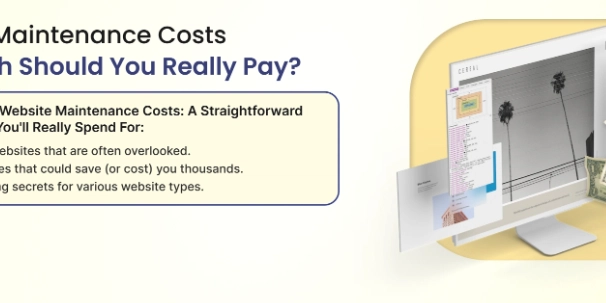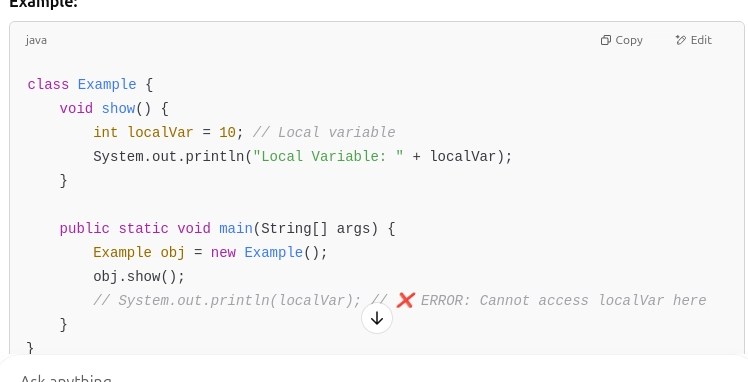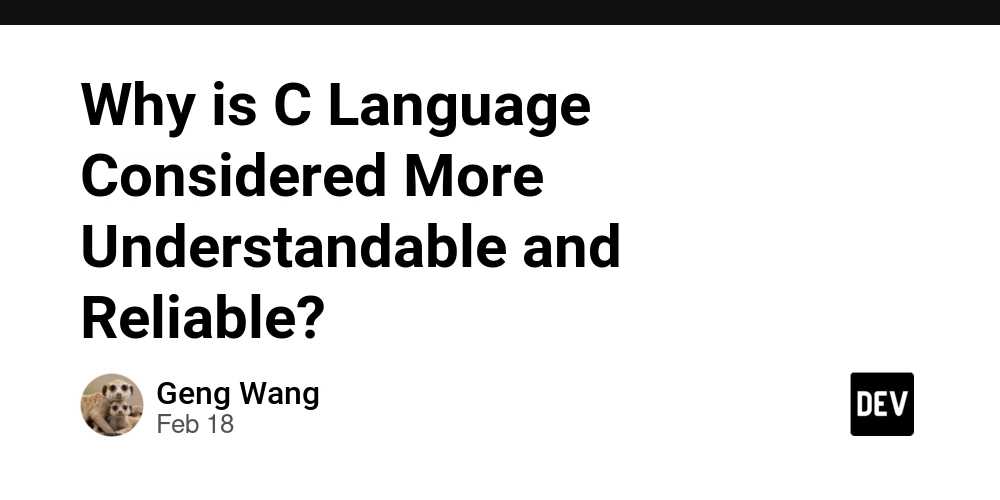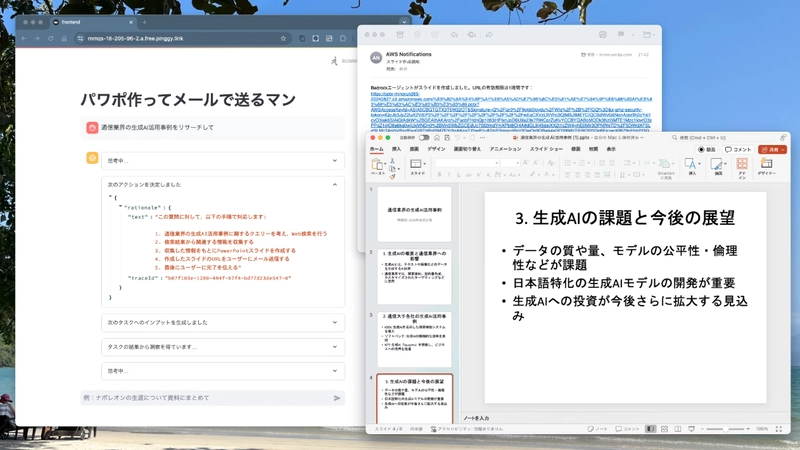How Much Does It Cost To Maintain A Website
Understanding Website Maintenance Costs: A Straightforward Guide to What You'll Really Spend For: Real costs of websites that are often overlooked. Critical expenses that could save (or cost) you thousands. Smart budgeting secrets for various website types. A website serves as the digital façade of a business. If it is not properly maintained, it may soon turn into a liability. Downtime, security breaches, and slow performance send customers away and cost revenue. Website maintenance keeps the website up, running, safe, and performing optimally. A common reason businesses are always shocked with unexpected bills is that they forget to take into account their ongoing costs. Let's take a look at what website maintenance is all about, and how important this is to a business. Factors that Determine the Cost of Maintaining a Website The Type and Size of Website This is one of the factors that tend to have a considerable bearing on the amount of maintenance fee paid for the website. Only need a little upkeep for personal websites like a simple site or an eCommerce site, which generates heavy traffic, need constant updates, security fixes, and performance optimization. For customized features, integrated systems in it, and/or many transactions, websites generally have to pay high maintenance costs. Hosting and Domain Renewal Cost Although fees for hosting and domain renewal change according to the provider and the type of hosting, a shared hosting plan may prove cheaper than dedicated or cloud hosting solutions, which are recommended where high-speed performance and reliability are required. Although managed hosting solutions cost more, they usually include support and security features which cut down on the chances of incurring costs from downtime. Security and Protection Cybersecurity threats are evolving, making website protection a crucial aspect of maintenance. SSL certificates, malware scanning, firewalls, and DDoS protection help keep your site secure. Investing in proactive security measures prevents data breaches and protects customer information. Routine Updates and Technical Maintenance Regular software updates, bug fixes, and patches are required to maintain a website’s functionality. CMS platforms like WordPress frequently release updates to enhance security and performance. Neglecting updates can lead to vulnerabilities and potential cyber threats. Performance Optimization A slow website leads to higher bounce rates and lost revenue. Optimization efforts include caching, image compression, database management, and mobile responsiveness testing. Ensuring fast load times improves the user experience and enhances SEO rankings. Third-Party Integrations and Tools Websites often rely on third-party tools for analytics, email marketing, customer relationship management (CRM), and SEO tracking. Subscription fees for these tools add to the overall maintenance cost. Regular integration updates are necessary to ensure seamless functionality. Scaling and Future Growth As businesses expand, website traffic and functionality demands increase. Upgrading hosting, adding new features, and improving the user experience require additional investments. Planning for scalability ensures a seamless transition as your website grows. How Do You Calculate Website Maintenance Costs? Hosting & Domain Costs Hosting expenses depend on server type and performance requirements. While basic hosting plans work for small websites, businesses with high traffic need dedicated or cloud hosting solutions. Domain renewal fees are usually annual expenses but can vary based on the provider. Security & Protection Website security measures involve SSL certification, malware scanning, and firewalls. Some services offer automated security updates, while others require manual monitoring. The level of security investment depends on the sensitivity of the website’s data. Routine Updates & Technical Support Regular updates ensure that plugins, themes, and software are compatible and functional. Some updates are automatic, but others require manual intervention, especially for custom-built sites. Having dedicated technical support helps prevent system failures and glitches. Performance Optimization & Speed Enhancement Speed optimization efforts include content delivery networks (CDNs), caching, and database optimization. Businesses looking to enhance the user experience must invest in tools that analyze and improve site speed. Monitoring & Auditing Website audits identify performance issues, broken links, and SEO improvements. Regular monitoring ensures uptime and compliance with search engine guidelines. A well-maintained site performs better in search rankings and provides a better user experience. Why SLA-Based Website Support is Crucial A Service Level Agreement (SLA) ensures timely website maintenance, updates, and issue resolution. Businesses operating in competitive industries rely on SLA-bas

Understanding Website Maintenance Costs: A Straightforward Guide to What You'll Really Spend For:
Real costs of websites that are often overlooked.
Critical expenses that could save (or cost) you thousands.
Smart budgeting secrets for various website types.
A website serves as the digital façade of a business. If it is not properly maintained, it may soon turn into a liability. Downtime, security breaches, and slow performance send customers away and cost revenue. Website maintenance keeps the website up, running, safe, and performing optimally. A common reason businesses are always shocked with unexpected bills is that they forget to take into account their ongoing costs. Let's take a look at what website maintenance is all about, and how important this is to a business.
Factors that Determine the Cost of Maintaining a Website
The Type and Size of Website
This is one of the factors that tend to have a considerable bearing on the amount of maintenance fee paid for the website. Only need a little upkeep for personal websites like a simple site or an eCommerce site, which generates heavy traffic, need constant updates, security fixes, and performance optimization. For customized features, integrated systems in it, and/or many transactions, websites generally have to pay high maintenance costs.Hosting and Domain Renewal Cost
Although fees for hosting and domain renewal change according to the provider and the type of hosting, a shared hosting plan may prove cheaper than dedicated or cloud hosting solutions, which are recommended where high-speed performance and reliability are required. Although managed hosting solutions cost more, they usually include support and security features which cut down on the chances of incurring costs from downtime.Security and Protection
Cybersecurity threats are evolving, making website protection a crucial aspect of maintenance. SSL certificates, malware scanning, firewalls, and DDoS protection help keep your site secure. Investing in proactive security measures prevents data breaches and protects customer information.Routine Updates and Technical Maintenance
Regular software updates, bug fixes, and patches are required to maintain a website’s functionality. CMS platforms like WordPress frequently release updates to enhance security and performance. Neglecting updates can lead to vulnerabilities and potential cyber threats.Performance Optimization
A slow website leads to higher bounce rates and lost revenue. Optimization efforts include caching, image compression, database management, and mobile responsiveness testing. Ensuring fast load times improves the user experience and enhances SEO rankings.Third-Party Integrations and Tools
Websites often rely on third-party tools for analytics, email marketing, customer relationship management (CRM), and SEO tracking. Subscription fees for these tools add to the overall maintenance cost. Regular integration updates are necessary to ensure seamless functionality.Scaling and Future Growth
As businesses expand, website traffic and functionality demands increase. Upgrading hosting, adding new features, and improving the user experience require additional investments. Planning for scalability ensures a seamless transition as your website grows.
How Do You Calculate Website Maintenance Costs?
Hosting & Domain Costs
Hosting expenses depend on server type and performance requirements. While basic hosting plans work for small websites, businesses with high traffic need dedicated or cloud hosting solutions. Domain renewal fees are usually annual expenses but can vary based on the provider.Security & Protection
Website security measures involve SSL certification, malware scanning, and firewalls. Some services offer automated security updates, while others require manual monitoring. The level of security investment depends on the sensitivity of the website’s data.Routine Updates & Technical Support
Regular updates ensure that plugins, themes, and software are compatible and functional. Some updates are automatic, but others require manual intervention, especially for custom-built sites. Having dedicated technical support helps prevent system failures and glitches.Performance Optimization & Speed Enhancement
Speed optimization efforts include content delivery networks (CDNs), caching, and database optimization. Businesses looking to enhance the user experience must invest in tools that analyze and improve site speed.Monitoring & Auditing
Website audits identify performance issues, broken links, and SEO improvements. Regular monitoring ensures uptime and compliance with search engine guidelines. A well-maintained site performs better in search rankings and provides a better user experience.
Why SLA-Based Website Support is Crucial
A Service Level Agreement (SLA) ensures timely website maintenance, updates, and issue resolution. Businesses operating in competitive industries rely on SLA-based support for:
Guaranteed Uptime: Ensures that website downtime is minimized.
Regular Maintenance: Scheduled updates to prevent vulnerabilities.
Technical Support: Dedicated professionals handle website issues promptly.
Best Practices for Website Maintenance
To ensure optimal website performance, follow these best practices:
Conduct regular security scans to detect vulnerabilities.
Perform routine backups to prevent data loss.
Update software, plugins, and themes to improve functionality.
Optimize site speed by compressing images and utilizing caching techniques.
Audit SEO performance to stay ahead in search rankings
Conclusion
Understanding website maintenance costs is crucial for keeping your online presence secure, efficient, and up to date. Website maintenance is a non-negotiable aspect of running a successful online business. JanBask Digital Design offers tailored maintenance solutions to keep your website optimized, secure, and ready for growth. Don't wait for an issue to arise—proactively maintain your website to safeguard your online presence and business reputation.











































































































































































![[The AI Show Episode 142]: ChatGPT’s New Image Generator, Studio Ghibli Craze and Backlash, Gemini 2.5, OpenAI Academy, 4o Updates, Vibe Marketing & xAI Acquires X](https://www.marketingaiinstitute.com/hubfs/ep%20142%20cover.png)




























































































































![[DEALS] The Premium Learn to Code Certification Bundle (97% off) & Other Deals Up To 98% Off – Offers End Soon!](https://www.javacodegeeks.com/wp-content/uploads/2012/12/jcg-logo.jpg)


![From drop-out to software architect with Jason Lengstorf [Podcast #167]](https://cdn.hashnode.com/res/hashnode/image/upload/v1743796461357/f3d19cd7-e6f5-4d7c-8bfc-eb974bc8da68.png?#)








































































































.png?#)

































_Christophe_Coat_Alamy.jpg?#)
 (1).webp?#)





































































































![Apple Considers Delaying Smart Home Hub Until 2026 [Gurman]](https://www.iclarified.com/images/news/96946/96946/96946-640.jpg)
![iPhone 17 Pro Won't Feature Two-Toned Back [Gurman]](https://www.iclarified.com/images/news/96944/96944/96944-640.jpg)
![Tariffs Threaten Apple's $999 iPhone Price Point in the U.S. [Gurman]](https://www.iclarified.com/images/news/96943/96943/96943-640.jpg)




































































































































